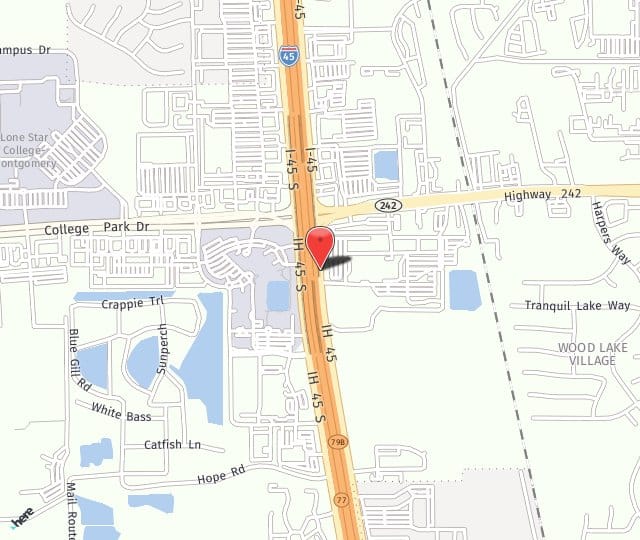
Ultrasound technology is one of medicine’s modern marvels. First introduced in the late 1950s, ultrasound has now become a very reliable method of diagnosis in many different practices of medicine. Ultrasound can be used to diagnose various gastrointestinal and urinary disorders. It can also be used in conjunction with different treatments. One of the most popular uses for ultrasound technology is in the obstetrical field.
Obstetricians use ultrasound to confirm and diagnose many different conditions in pregnancy and in women of childbearing age. Ultrasound can give a good visualization of all of the female organs, as well as a developing fetus. Currently, an ultrasound scan is considered to be not only an accurate way to glean further information about a patient and her fetus, but it is also considered safe and cost-effective. Many obstetricians consider ultrasound to now be an indispensable tool of their trade.
In an OB/GYN office ultrasound can be used for the following:
Confirmation of Early Pregnancy
Ultrasound is an important tool used to confirm and date a pregnancy. It can also be used to confirm that the pregnancy is in the uterus. As early as 4.5 weeks gestation, a gestational sac can be visualized with an ultrasound scan. At around 5 weeks a yolk sac can be seen. An embryo can be seen and measured with an ultrasound at about 5.5 weeks.
Investigating Vaginal Bleeding in Pregnancy
If a patient is experiencing vaginal bleeding in pregnancy, an ultrasound can help determine the viability of the fetus. By 6-7 weeks there should be a detectable heartbeat from the fetus. Once this is visualized, there is a greater than 95 percent chance that the pregnancy will continue. In a missed abortion or a blight ovum, the absence of a fetus and heartbeat, as well as a deformed gestational sac can be noted on ultrasound.
Determining Fetal Age and Size
Ultrasound can provide accurate body measurements of the fetus and predict birth weight in a mature fetus. The earlier the ultrasound is performed, the more accurate the dating results will be. The fetal crown-rump length, or CRL, is a common measurement in ultrasound starting at about 7 weeks. It can be used to determine fetal growth throughout the pregnancy. Biparietal diameter, or BPD, is the measurement between both sides of the heart. This area can be measured after 13 weeks gestation. Femur length, or FL, measures the longest bone in the body and is a good measure of longitudinal growth of the fetus. Abdominal circumference, or AC, is the most important measurement in late pregnancy. It gives an accurate fetal size within about a pound, although AC measurements should not be used to date a fetus.
Diagnosing Fetal Problems
Fetal malformations such as spina bifida, cleft lip/palate, Down syndrome, anencephaly, fetal hydrops, cardiac problems and many other issues can be identified with the use of an ultrasound.
Other Uses
Ultrasounds can also help locate the placenta and any potential abnormalities with it. They can diagnose multiples in pregnancy, and be used to evaluate fetal breathing and general well-being. An ultrasound can diagnose intrauterine fetal death, as well as any pelvic conditions or abnormalities, such as an ovarian cyst.
The Woodlands OBGYN Associates can utilize ultrasound technology for a vast array of medical concerns and diagnoses. Contact us today to learn more.


